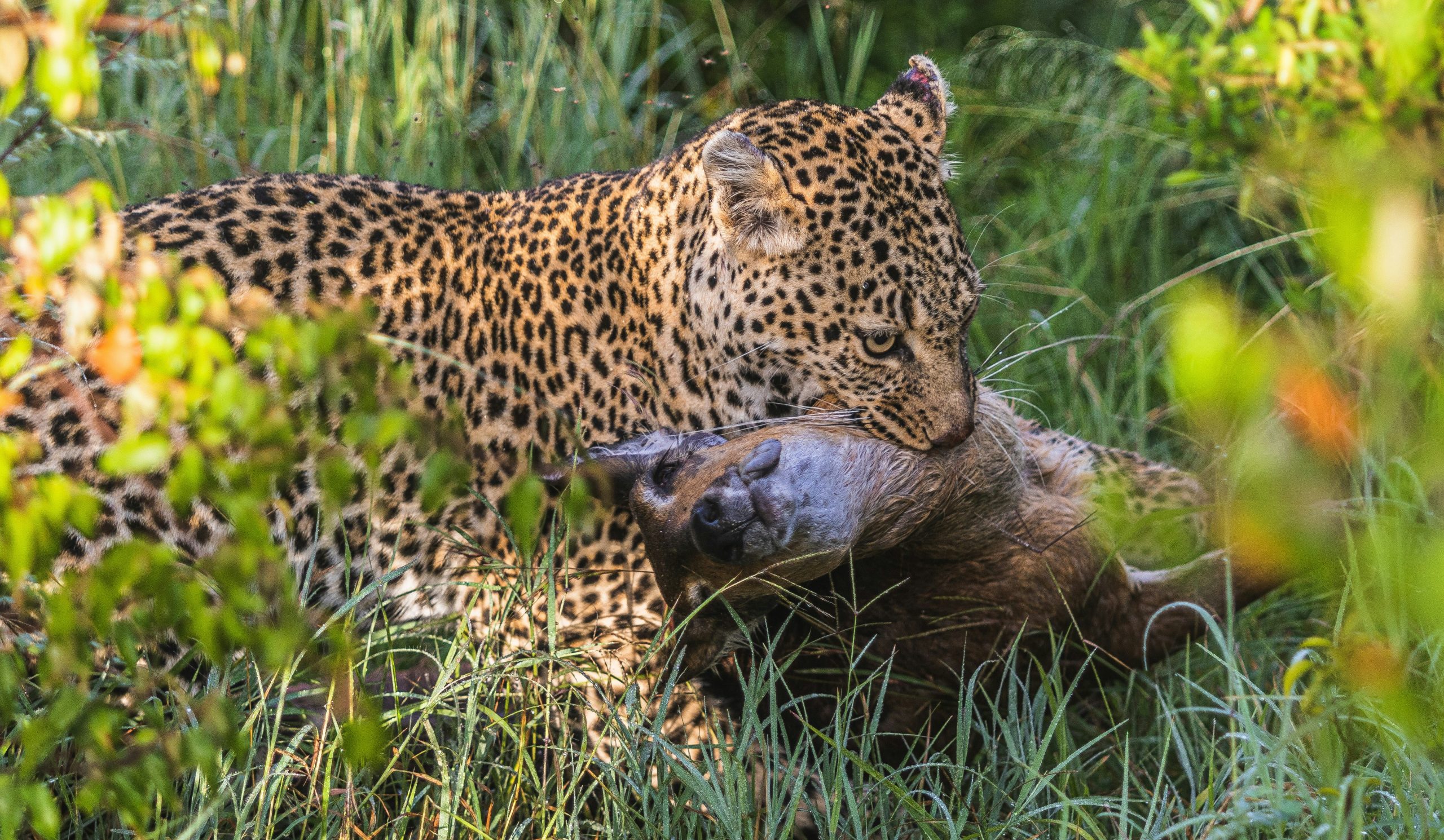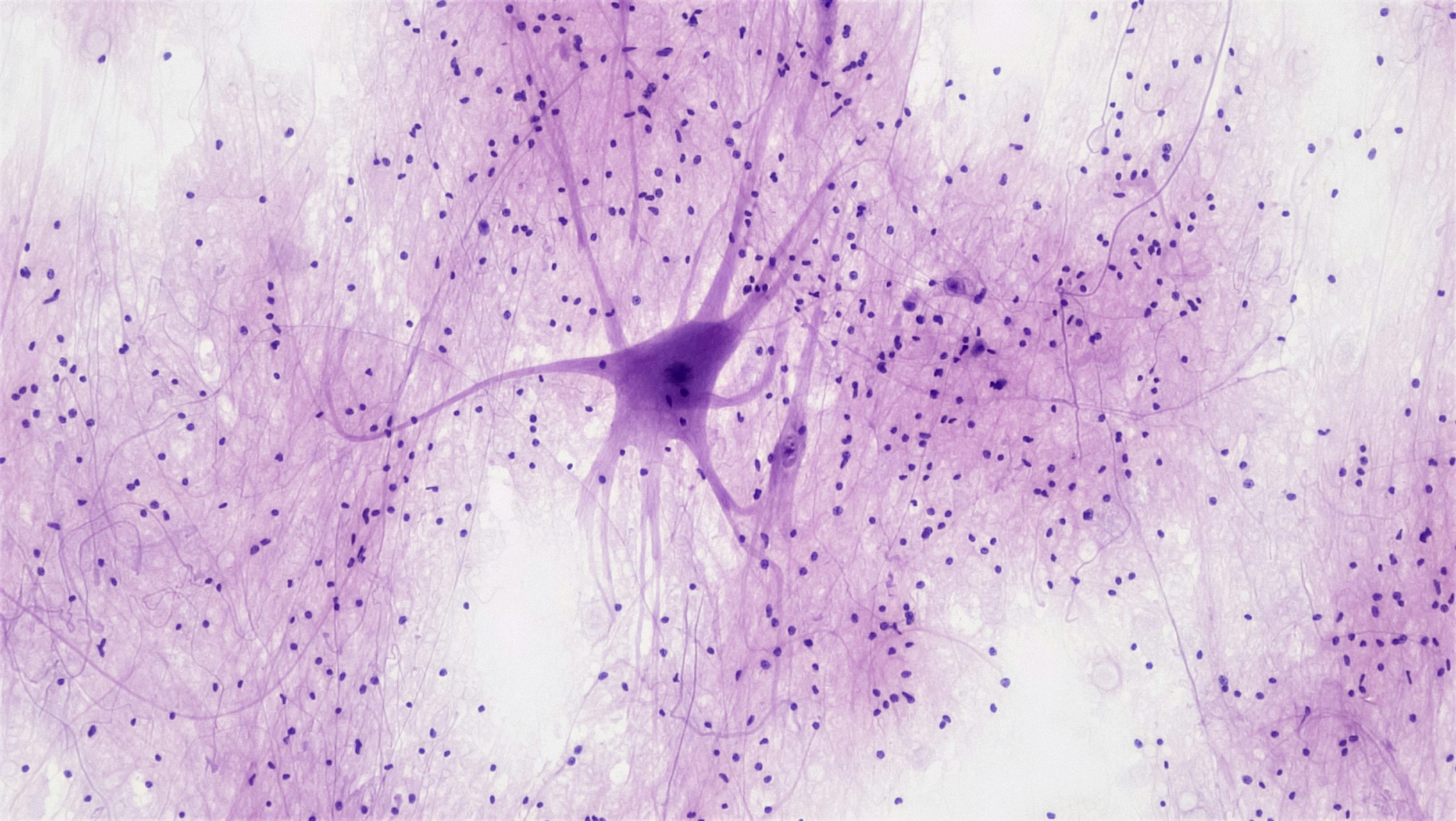Runner-up of the Hilary Term Schools’ Writing Competition 2020
Rosalie Ko, Year 11, Buckinghamshire
“We cannot solve a crisis without treating it as a crisis. And if solutions within the system are so impossible to find, then maybe we should change the system itself.” – Greta Thunberg, Swedish climate activist and TIME Person of the Year 2019.
Scientists often posit that anthropogenic climate change poses the greatest threat to global sustainable development in this century, and human activities are to be blamed in causing the destructive effects of climate change. For example, average wildlife populations have decreased by 60 percent over the past 40 years. If the wildlife population decreases any further, the whole ecosystem could be destroyed and the existence of species including humans might be severely threatened (WWF, 2018). According to the 16-year-old activist Greta, climate problems are challenging the existence of the mankind, and hence should be tackled thoroughly by leaders of the world and the general public. Scientists have tried to seek a similar planet, for example, Mars, to account for human needs on oxygen and water sources, but success on terraforming plans has been limited due to current technological inadequacy and the planet’ inability to provide for the holistic needs of most Earth’s species. Hence, the suggestion of an alternative habitat for humankind is not on the table. On the perspectives of existing knowledge and evolutionary conditions, this essay focuses on the mere impossibility of terraforming and argues that solving the current problem is the most feasible, cost-effective way to continuing humanity’s existence.
The humankind has evolved over millennia to become increasingly adapted to the Earth as our habitat, thus moving to another planet potentially nullifies this evolutionary advantage that we are born with. With the example of the atmosphere’s composition (Earth’s: 78% nitrogen, 21% oxygen, and 0.03% carbon dioxide), it is hard to visualise how Mars – the seemingly most feasible backup option so far in terms of distance and similarity in living conditions – can be made habitable (containing 95% carbon dioxide, 3% nitrogen, and less than 0.4% of oxygen). Moreover, the comparatively weak atmospheric pressure on the Mars surface does not allow greenhouse gases like carbon dioxide to be trapped. This directly leads to a humongous variability in climate within a day (from 20°C to -153°C) due to the lack of radiation in some areas at ‘night’. The lack of oxygen and atmospheric pressure on the surface of Mars means that if humans were to live there, a pressurised suit with constant oxygen and heat supplies will be required at most times. According to scientists, these are only one fiftieth of the changes needed to make it anywhere close to being habitable. After all, the feasibility of terraforming is too low due to significant differences in environments and potential transportation difficulties, unless key technological advancements are made.
Even if technology allows the actualisation of terraforming, the mass production of these new astronomical products would cost a massive loss to the world’s economy that is incomparable to the cost of climate conservation. According to Economic Times, it only costs around USD $100 billion per year worldwide to save the diversity and abundance of life on Earth. Compared to the NASA’s 20-billion-budget in 2016 alone, it is hard to imagine why a significant amount of spending receives convincing justifications for the purpose of wonder and hope, when there is a planet to save at hand! A typical NASA spacesuit costs $2 million USD to make from scratch, and there is a growing population of around 7.8 billion human beings on Earth. The prerequisite cost of mass-producing spacesuits would simply be towering, to say the least, without considering any add-ons like transportation costs. Therefore, continuous space-related technological advancements can be considered, at best, recreational, if we fail to prioritise our primary resources to the root that endanger human’s existence.
Greta’s forceful urge to the world for our attention on the climate crisis is an imperative and timely warning. From the perspectives of human adaptability and striving a balance of the ecosystem, this essay concludes that terraforming to a new planet lacks feasibility; it is time we have to focus our resources on tackling the root cause of climate problems we have created in the first place.





